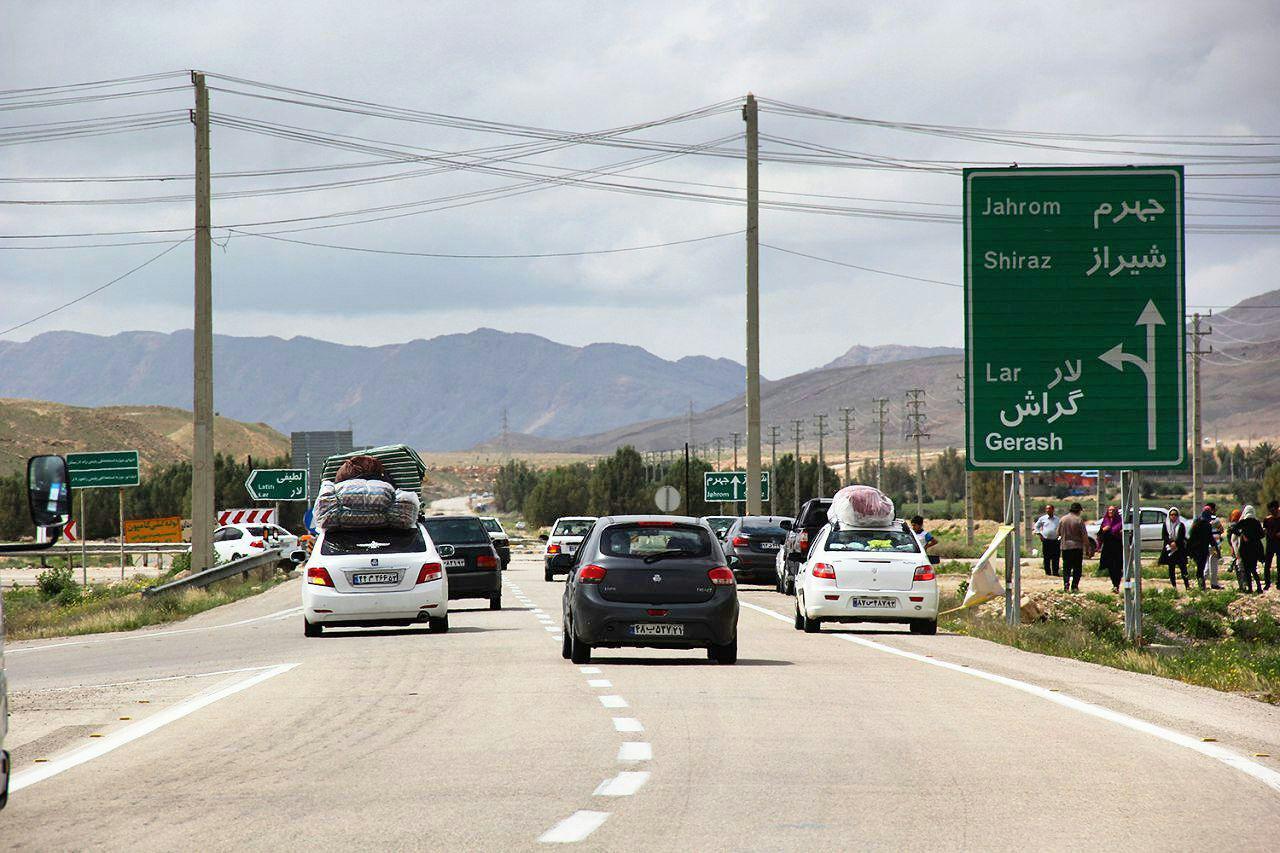Unsafe roads, careless drivers and the poor quality of vehicles claim thousands of lives every year in Iran.
The regular reports on road fatalities published by Iran Legal Medicine Organization can help identify the killer factors in the most vulnerable areas.
However, the quantitative reports might not present a clear picture of road mortality since topographical features, road conditions, driving habits and population density, which differ from area to area, are overlooked.
In addition to these factors, the demographic analysis of road mortality rates can deliver crucial results.
While LMO solely delivers data related to road crash victims based on provinces and gender, the Word Health Organization employs a different kind of algorithm, as it reports the number of road crash deaths in each area for every 100,000 individuals.
This approach delivers results that are more useful, in a way that a higher casualty in a particular province focuses attention on the need to prioritize more urgent remedial measures.
Geographical Data
The most recent report released by LMO shows the number of road crash victims in the first eight months of the current Iranian year (started March 21, 2019).
The data suggest that of the 31 provinces in Iran, roads in Fars Province claimed the highest number of lives (953) compared to other provinces during the period.
Khorasan Razavi was the second most deadly province that reported 900 road crash deaths, while Tehran ranked third with 880 deaths.
At the lower end, Ilam Province with 129 road crash victims claimed the least number of lives. It was followed upward by Kohgilouyeh-Boyerahmad and Chaharmahal-Bakhtiari provinces with a respective road death tolls of 167 and 169.
A close look at the provincial topography will confirm that the high death toll in Fars Province is inevitable, as it is a main transit route for heavy-duty vehicles transporting goods from commercial ports along its Persian Gulf coastal borders. More trucks on the road naturally increase the risk of fatal crashes.
The high number of mortality in the area naturally raises concerns about other contributing killer factors, such as road safety, signage and driving habits.
This compels the traffic police, road and transportation officials to take remedial measures for curbing the high fatality rate, which will naturally demand a bigger budget allocation.
The change in perspective alters the provincial ranking, when the population factor is added to the analysis. This calls for modifying the focus on different areas for launching remedial projects.
Two-Variable Ranking
Based on WHO's approach to the issue, Fars ranks 14th with 19 road deaths per 100,000 population. This also reveals that 13 provinces with more critical conditions have a more worrying road death toll, compared to the southern province.
According to the Statistical Center of Iran, the population of Fars Province barely exceeded 5 million at the end of 2018.
Following the two-variable approach, Khorasan Razavi, with 6.7 million residents, is ranked 28th, as it registers 13.6 road accident deaths (per 100,000 people).
The ranking becomes extremely misleading in case of Tehran, which is ranked third with 880 deaths, based on the mere geographical data. But considering the population factor, 13.8 million people live in the province, the metropolis lies at the bottom of the chart and shows the least mortality rate (6.3 per 100,000) among all Iranian provinces.
The two-factor ranking suggests that Semnan, Markazi and South Khorasan recorded the highest road mortality rates per 100,000, with 30.6, 28.2 and 27.8 road crash deaths respectively.
After Tehran, the lowest rates were registered by Alborz and Khuzestan provinces with 6.45 and 13.24 deaths per 100,000 individuals respectively.
The population data, which become a game-changer in such an analysis, have been retrieved from the 2018 report of the Statistical Center of Iran.
Killer Factors
Traffic police have long blamed domestic automakers and the Ministry of Roads and Urban Development for their inaction and indifference toward road tragedies unfolding on a regular basis.
Dilapidated vehicles used in the public transportation fleet, including urban and inter-city buses, have a big share in road accidents.
Car buyers and the general public for years have censured local manufacturers for the poor quality of their cars, but their complaints have fallen on deaf ears.
On the part of drivers, the police names sleep-deprivation (fatigue), overspeeding, wrong side overtaking, running a red light, talking on the cellphone, text messaging and munching behind the wheel, as well as low-quality vehicles and roads, as the main road killers.
However, the new demographic algorithm upends the previous configuration of provincial road mortality rates.
This can also help the authorities more accurately identify crash-prone spots along the main highways and detect other deficiencies.
In fact, the relevant authorities are duty-bound to identify high-risk areas along the roads and take the necessary road safety measures nationwide.



